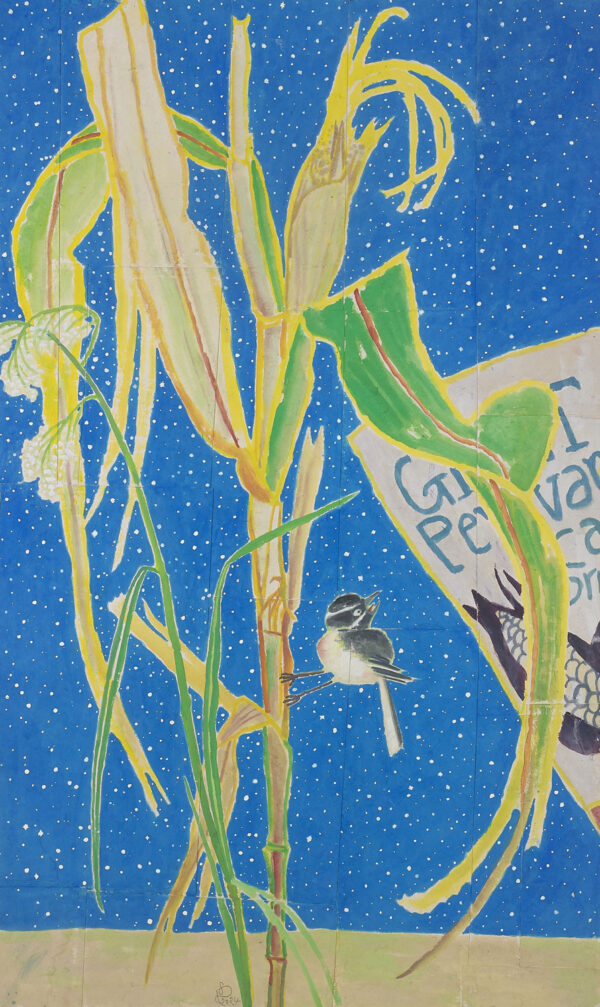Trivial·Subtle
2025. 11. 12 – 12. 21 | [GALLERIES] GalleryMEME
Yoon Dongchun
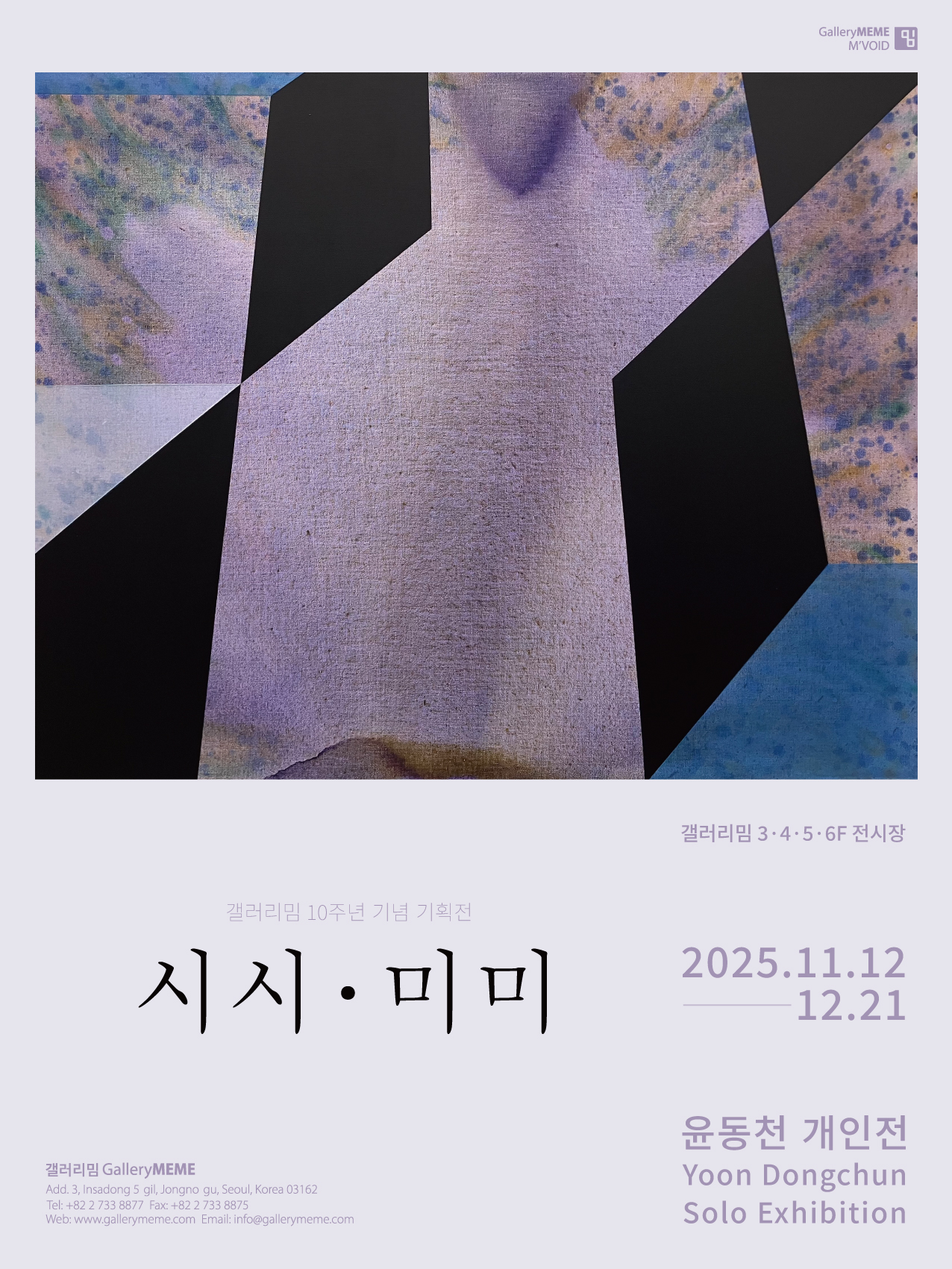
Exhibition Poster
In this exhibition, Yoon Dongchun brings into the gallery what the title itself suggests—“trivial and subtle things.” But how can such small, seemingly insignificant things coexist with “art”? Once again, Yoon unfolds his own distinctive artistic idiom. His art of “laying things out” poses a question: to what extent can the primal joy of making art be permitted—both within and beyond reality? Although his chosen subjects may seem too mundane for art to handle, the compositions, forms, and surface textures of his photographs evoke a lineage of artistic inquiries from both East and West—about vision and representation, figuration and abstraction.
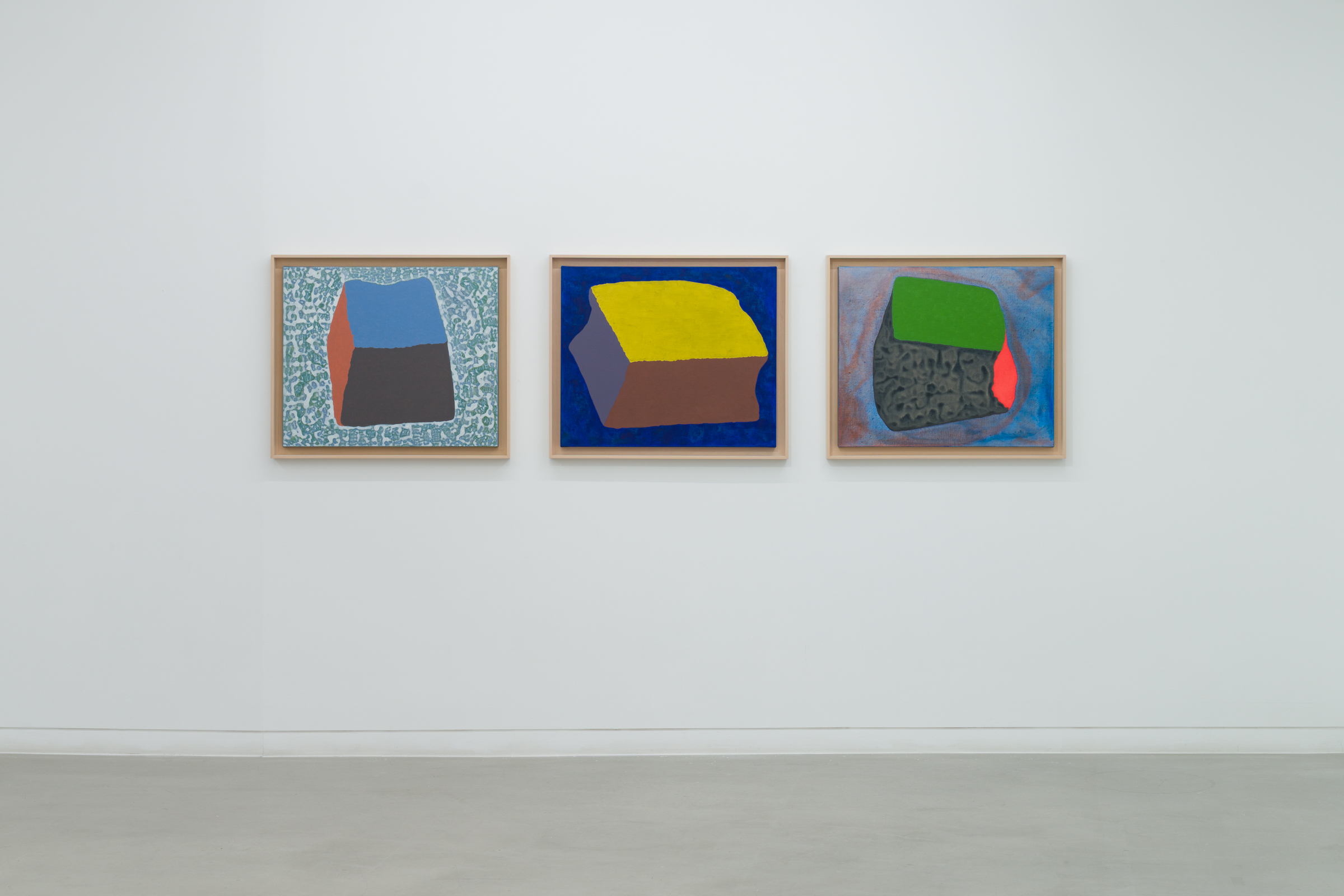
Installation View (1)
The Korean title “Sisi Mimi” (meaning “Trivial·Subtle”) carries a fresh, rhythmic resonance. The exhibition seems to begin as a play of variation and transformation. Where it ultimately leads will be discovered individually by each viewer, as one follows the presentation of colors and forms, and the acts of collecting and recontextualizing objects charged with visual and semantic meaning. The “trivial things” he names are those he has witnessed. The “subtle things” serve as concrete motifs that lead him toward his abstract painting series, <Simple Shape> and <Lump>. The interplay of words, oscillating between the innocence of a child’s play and the depth of a philosophical discourse, mirrors the diverse aspects of the reality we live in. Through this combination of seemingly disparate realms (art = reality, art / reality), Yoon confronts us with a form of Korean spiritual-historical reality.
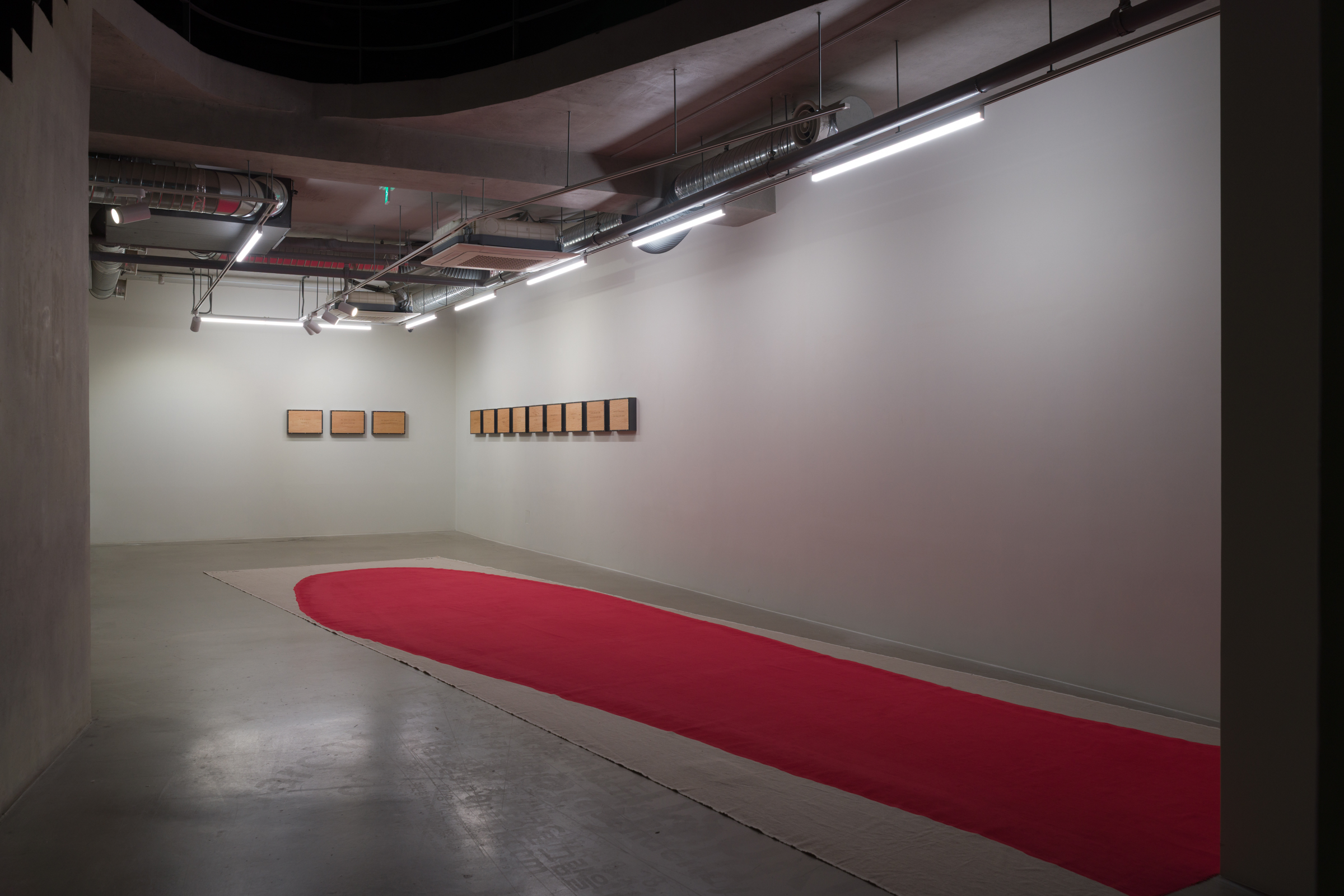
Installation View (2)
Now, let’s step into the exhibition space. Each floor serves as both Yoon Dongchun’s personal museum and a visual ethnography of contemporary Korean history. On the fifth floor, the series <Familiar Phrases> presents laser-engraved text on plywood, forming a polyphony of language that is at once concrete and universal. These “everyday” expressions, infused with the raw texture of lived experience, reveal life’s bitter, sweet, and complex flavors. On a corridor wall hangs <Anniversary> (2025)—a work in which dates printed in ink on paper record moments from Korea’s modern history as Yoon remembers them. The thin sheet of paper, inscribed with small letters, unfolds like a personal panorama of events from his childhood to adulthood. The work functions as a “counter-monument”: a mode of remembrance that resists the heavy permanence of a monument. By reframing historical time through his individual sensibility, Yoon inverts the grand temporality of Korean modern history. The “individual” here—consistent with his long-held stance—never turns away from collective consciousness or public engagement.

Installation View (3)
Yoon’s art, therefore, is not satire but an alternative form of remembrance. It is his way of articulating the tenacious relationship between art and reality. In the <Trivial Objects> series on the sixth floor, he confronts the conventions embedded in everyday things with the fragmented common sense of our reality. Brooms, pens, chamber pots, saws—these humble objects, often relegated to the periphery of daily life, become subjects of attentive observation. Their very titles, integral to each work, extend the temporal and spatial encounter between artwork and viewer. We, the viewers, cannot easily turn away from their subtle address.
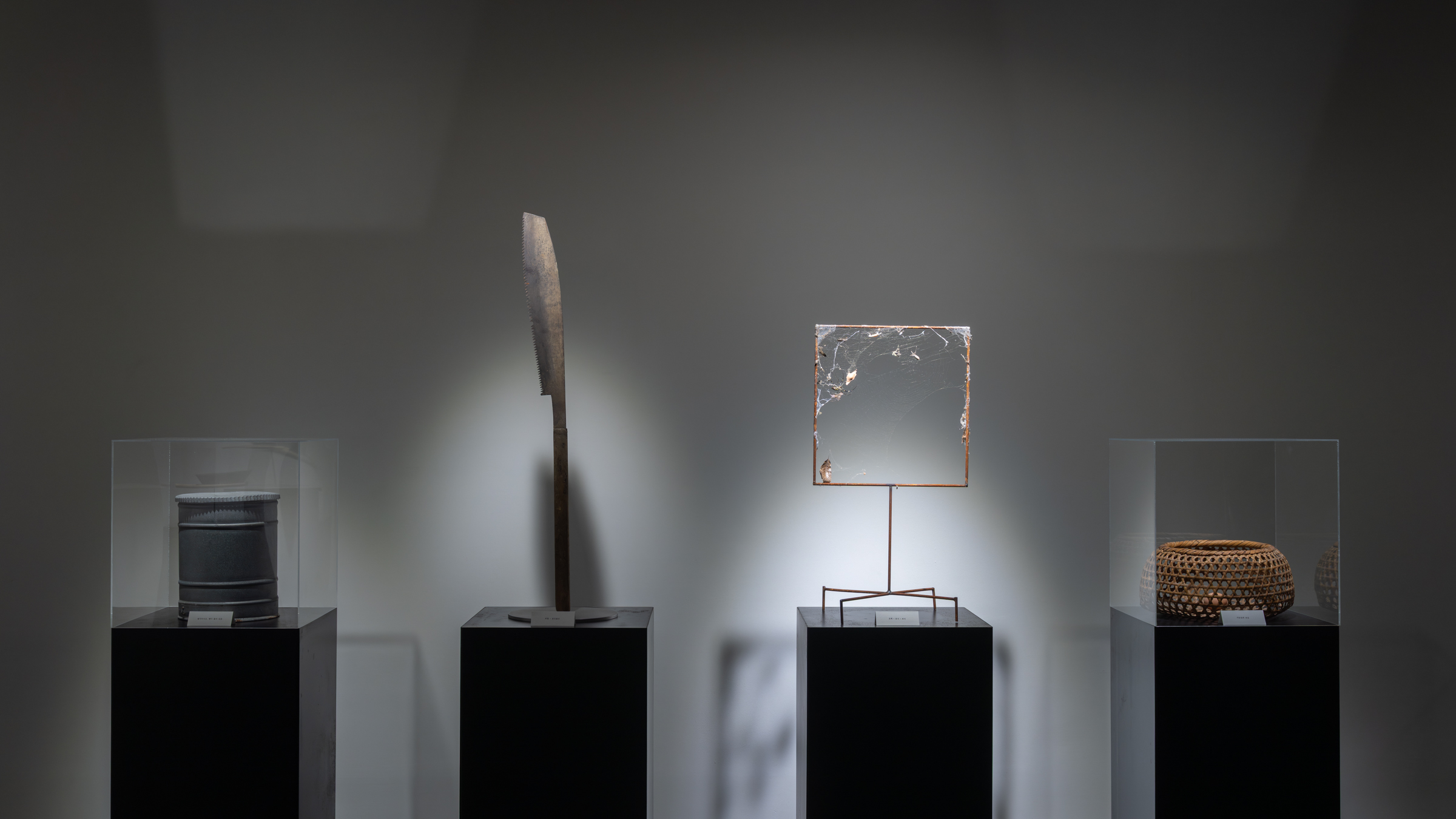
Installation View (4)
Unlike titles derived from private symbolism or art’s implicit conventions, Yoon’s titles open up another dimension of the things anyone might touch or use: gum, a plastic bottle, an egg. <The Power of 100°C > (2025) presents a crumpled plastic bottle as if it were paper; in <Chewing_Stress> (2025), a wad of gum rests neatly on a dish. Standing before <I Decided to Sign Every Job Application with a New Pen> (2025), we find ourselves counting the hundred pens lined up, imagining them slowly disappearing one by one. Before <Capture·Consume·Chuckle> (2025), made with an iron rod and spiderwebs, we recall Marcel Duchamp’s “The Large Glass”—and at the same time, wonder whether a real spider might be lurking somewhere in the gallery. It is a “reality” that can hardly coexist with the exhibition space.
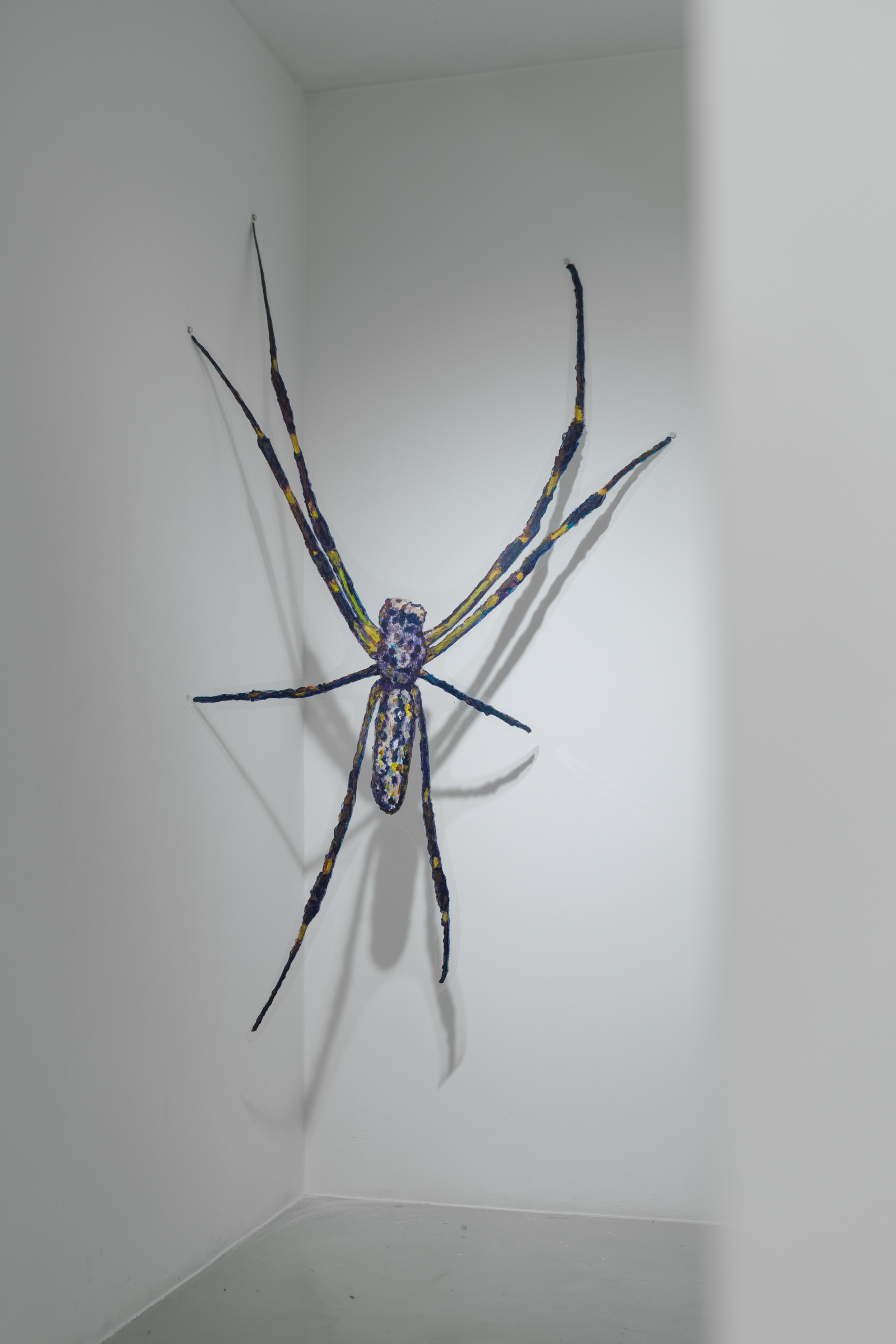
Installation View (5)
Indeed, there is a spider in the exhibition—an acrylic one painted on acetate tape. Standing upright rather than clinging to the wall, <Spider> (2025) invites us to reexamine the “current positions” of all surrounding works. Did you notice that the squeaky rubber chicken, titled <A New Version of Munch’s “The Scream”>, stands slightly tilted toward the ceiling? It is a small but eloquent sign of Yoon’s meticulous attention to visual rhythm, form, and the direction of gaze.
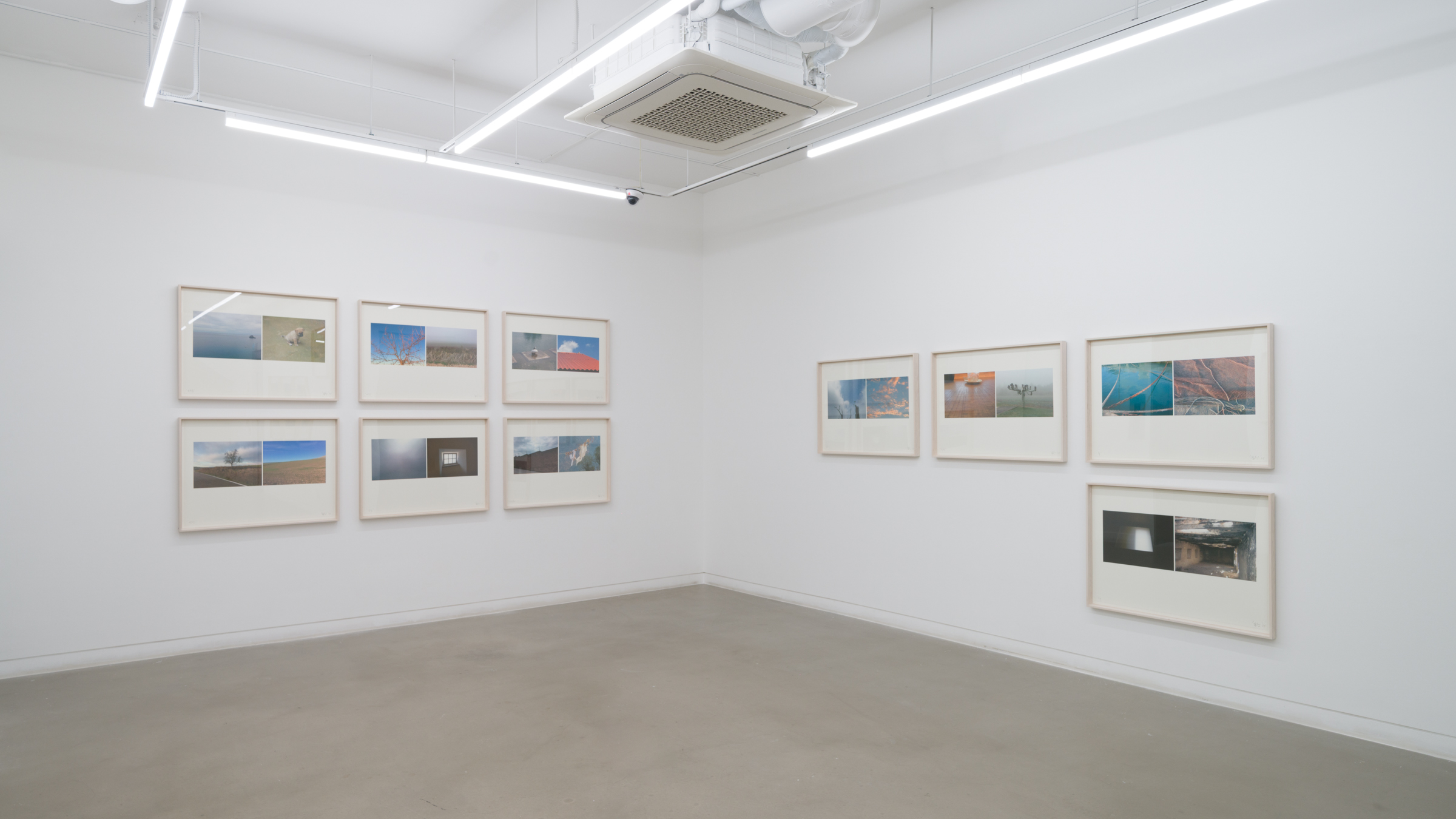
Installation View (6)
Yoon Dongchun is, above all, a precise observer of reality. His series of paired photographs, <Trivial Landscapes>, and acrylic paintings, <From Trivial Subjects>, both reveal how thoroughly he serves as a “viewer” within this world. The artist’s originality, I believe, lies in how he allows the everydayness of art and its critical dimension to coexist. Yoon’s art is easy yet difficult, difficult yet easy—a paradox, perhaps, but one that perfectly captures how his practice maintains a fragile balance between the order he constructs and the external reality it encounters. Like those in <Remaining Snow> (2025) and <Large Ladle> (2025), fragments of objects and scenery drawn from the real world may not appear whole, but still remain beside us as partial presences. In that incompleteness lies a beauty that is, quietly and unexpectedly, profound.
Hyun Seewon
(Professor, Graduate School of Communication, Yonsei University / Art Critic)
(Professor, Graduate School of Communication, Yonsei University / Art Critic)
GalleryMEME
3, Insadong 5-gil, Jongno-gu, Seoul, Korea
+82 2 733 8877
Share
[GALLERIES] GalleryMEME
- Dates
- 2025. 11. 12 – 12. 21
MORE LIKE THIS
Share

![Take a stroll…[거닐다]](https://static-edge.kiaf.org/web/2023/01/19000446/1-Untitled.jpg)





